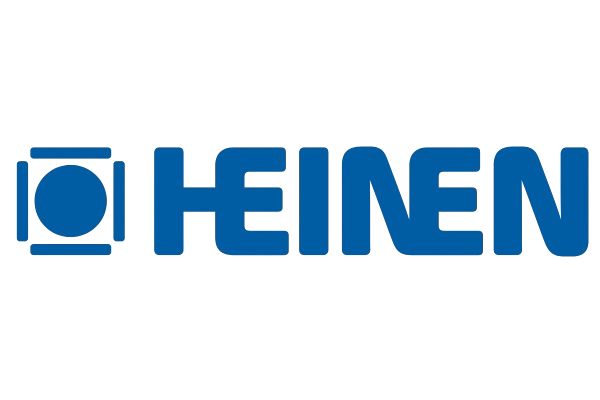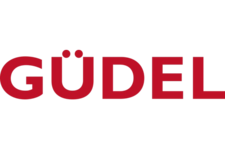References
The diversity of Quanos' solutions and products is matched by the diversity of its customer projects.
See for yourself!
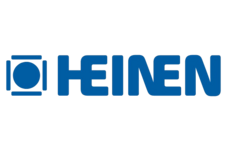
Heinen GmbH & Co. KG
Mechanical and plant engineering
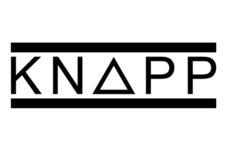
KNAPP AG
Mechanical and plant engineering
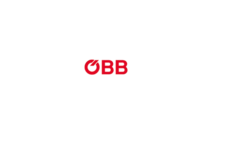
ÖBB-Personenverkehr Aktiengesellschaft
Others
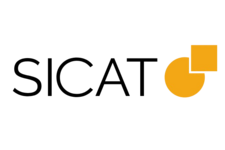
SICAT GmbH & Co.KG
Medical
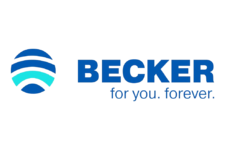
Becker-Antriebe GmbH
Others
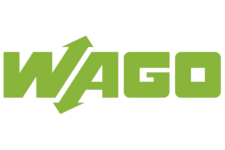
WAGO GmbH & Co. KG
Mechanical and plant engineering
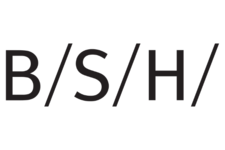
BSH Hausgeräte GmbH
Others
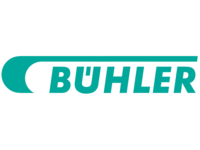
Bühler AG
Mechanical and plant engineering
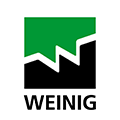
Michael Weinig Aktiengesellschaft
Mechanical and plant engineering
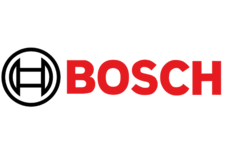
Bosch Engineering GmbH
Automotive
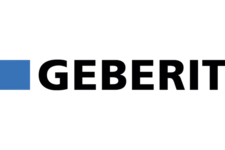
Geberit International AG
Others
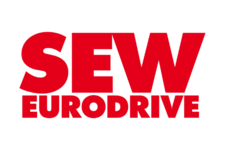
SEW-EURODRIVE GmbH & Co KG
Mechanical and plant engineering
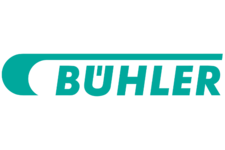
Bühler AG
Mechanical and plant engineering
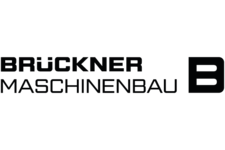
Brückner Maschinenbau GmbH
Mechanical and plant engineering
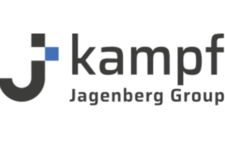
Kampf GmbH
Mechanical and plant engineering
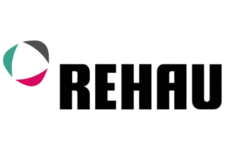
REHAU Industries SE & Co. KG
Others
Caterpillar Energy Solutions GmbH
Mechanical and plant engineering

Winterhalter Gastronom GmbH
Mechanical and plant engineering
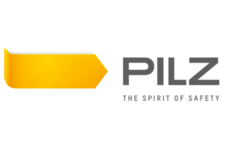
Pilz GmbH & Co. KG
Information Technology
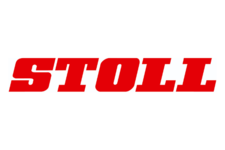
STOLL
Information Technology
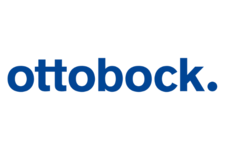
ottobock
Medical technology

SEW EURODRIVE
Mechanical and plant engineering
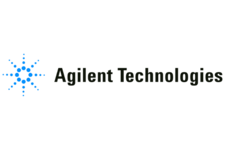
Agilent Technologies
Medical technology

bess group
Medical technology
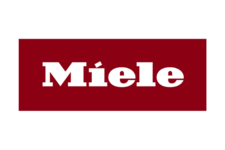
Miele
Mechanical and plant engineering
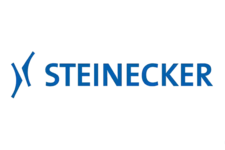
Steinecker GmbH
Mechanical and plant engineering

Mercedes-Benz AG
Automotive
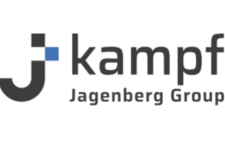
Kampf GmbH
Mechanical and plant engineering
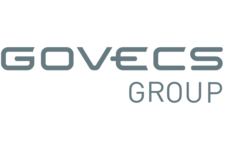
GOVECS AG
Automotive
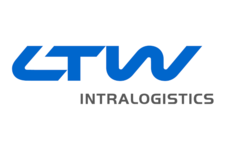
LTW Intralogistics
Mechanical and plant engineering

Wirtgen Group
Mechanical and plant engineering

Diamond Aircraft Industries GmbH
Automotive
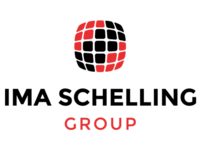
IMA
Mechanical and plant engineering
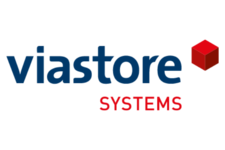
viastore Systems
Mechanical and plant engineering
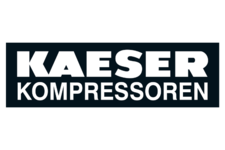
Kaeser Kompressoren GmbH
Mechanical and plant engineering
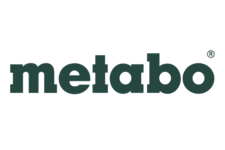
Metabowerke GmbH
Mechanical and plant engineering
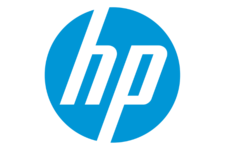
HP Scitex
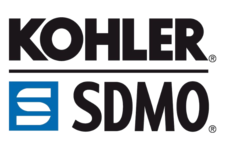
SDMO GmbH
Mechanical and plant engineering
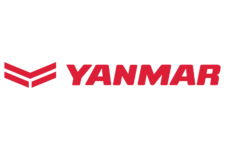
Yanmar Construction Equipment Europe S.A.S
Mechanical and plant engineering

Grasso GmbH
Others
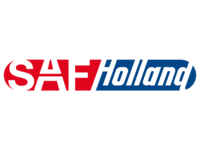
SAF-HOLLAND GmbH
Automotive
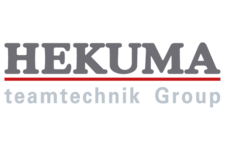
Hekuma GmbH
Others
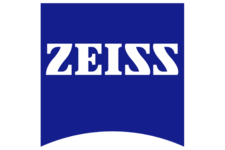
Carl Zeiss Industrielle Messtechnik GmbH
Mechanical and plant engineering
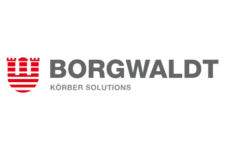
Borgwaldt Koerber Solutions
Mechanical and plant engineering
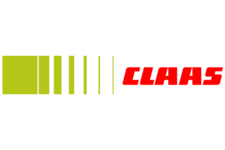
CLAAS KGaA
Agriculture
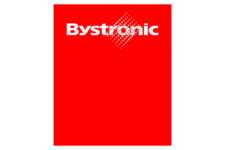
Bystronic
Mechanical and plant engineering
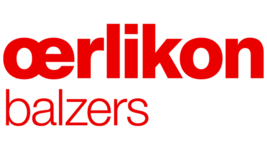
Oerlikon AG
Mechanical and plant engineering

GEA Westfalia Separator Group GmbH
Mechanical and plant engineering
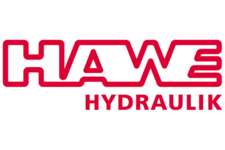
HAWE Hydraulik SE EN
Mechanical and plant engineering
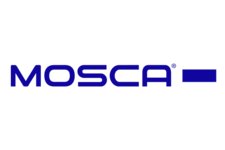
Mosca GmbH
Mechanical and plant engineering
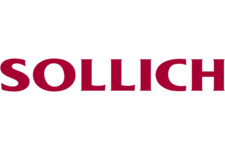
Sollich KG
Mechanical and plant engineering
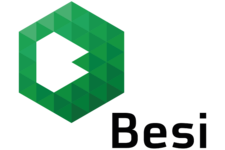
BE Semiconductor
Mechanical and plant engineering
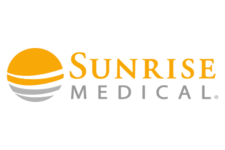
Sunrise Medical
Medical
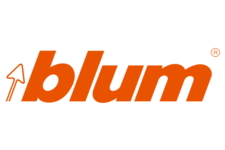
Julius Blum GmbH
Others
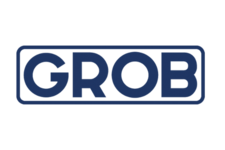
Grob-Werke GmbH & Co. KG
Mechanical and plant engineering
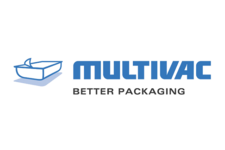
Multivac Sepp Haggenmueller SE & Co. KG
Mechanical and plant engineering
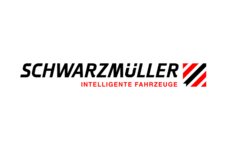
Wilhelm Schwarzmueller GmbH
Automotive

Buehler AG
Mechanical and plant engineering
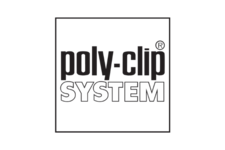
Poly-clip System GmbH & Co. KG
Mechanical and plant engineering
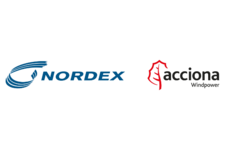
Nordex SE
Mechanical and plant engineering
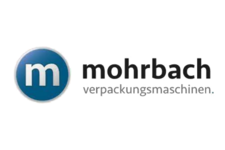
Mohrbach Verpackungsmaschinen GmbH
Mechanical and plant engineering

Voith Turbo Lokomotivtechnik GmbH & Co. KG
Automotive

Otto Bock HealthCare GmbH
Medical
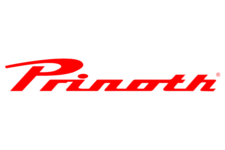
PRINOTH AG
Automotive
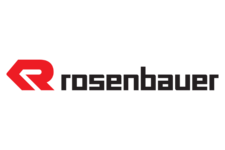
Rosenbauer
Automotive
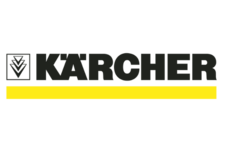
Alfred Kaercher GmbH & Co. KG
Mechanical and plant engineering
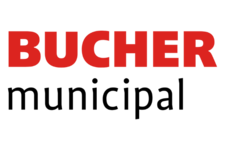
Bucher Municipal
Automotive
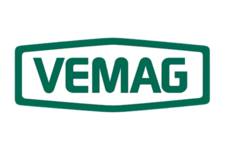
VEMAG
Mechanical and plant engineering

Manroland Sheetfed GmbH
Mechanical and plant engineering

Goldhofer AG
Mechanical and plant engineering
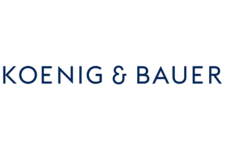
Koenig & Bauer AG
Mechanical and plant engineering
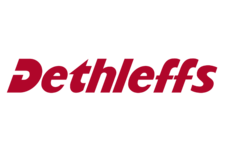
Dethleffs
Automotive
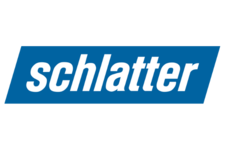
Schlatter Gruppe
Mechanical and plant engineering

Berliner Stadtreinigung
Others
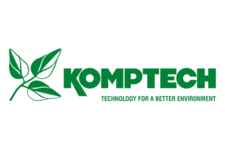
Komptech GmbH
Agriculture
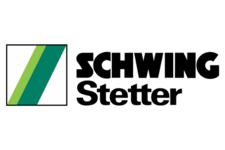
Schwing-Stetter
Mechanical and plant engineering
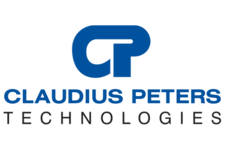
Claudius Peters Group
Mechanical and plant engineering

Medline Industries Inc.
Medical

Koenig & Bauer Sheetfed AG & Co. KG
Mechanical and plant engineering
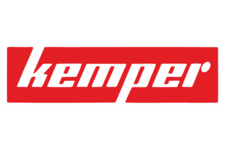
Maschinenfabrik Kemper
Agriculture
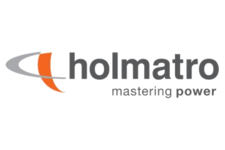
Holmatro Group
Others
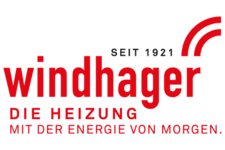
Windhager
Others
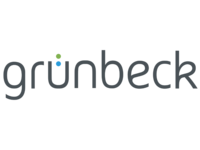
Gruenbeck Wasseraufbereitung GmbH
Others
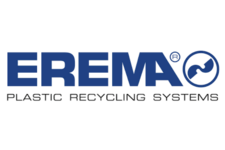
EREMA
Mechanical and plant engineering
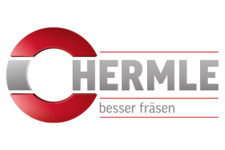
Maschinenfabrik Berthold Hermle AG
Mechanical and plant engineering
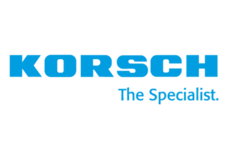
KORSCH AG
Mechanical and plant engineering

Liebherr-IT Services GmbH
Mechanical and plant engineering

ŠKODA AUTO
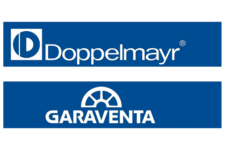
Doppelmayr Seilbahnen GmbH
Others

PVA Crystal Growing Systems GmbH
Mechanical and plant engineering
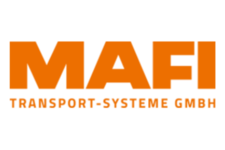
MAFI & TREPEL
Mechanical and plant engineering

Kardex Gruppe
Mechanical and plant engineering

RUAG AG
Others
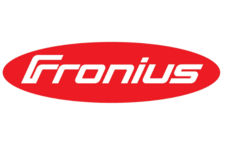
Fronius International GmbH
Mechanical and plant engineering
